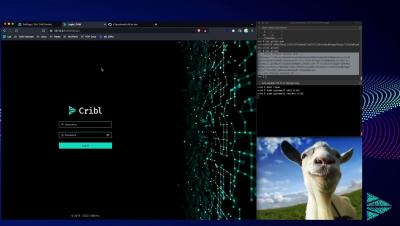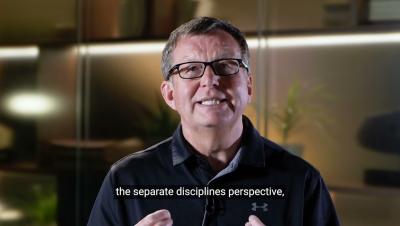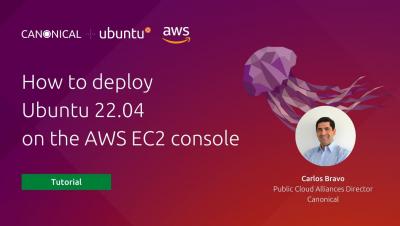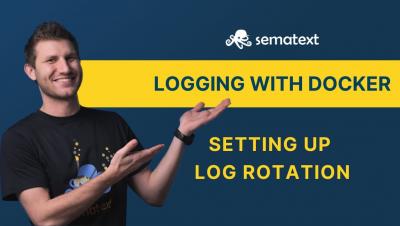How to Create a Cribl Pack
With a Cribl Stream deployment of any size, using Packs can simplify and accelerate your work. Packs can also accelerate internal troubleshooting, and accelerate working with Cribl Support, because they facilitate quickly replicating your Cribl Stream environment.











